Best Seasons for Concrete Repairs
Concrete repairs are most effective when performed during specific weather conditions. Optimal timing ensures proper curing, adhesion, and longevity of repairs, preventing future issues such as cracking or scaling.
Spring offers moderate temperatures and lower humidity, ideal for concrete repairs. Avoid early spring when temperatures fluctuate significantly.
Perform repairs during early summer to prevent heat-related curing issues. Avoid peak heat hours for best results.
Fall provides cooler temperatures and less rain, making it suitable for concrete repairs before winter.
Winter temperatures can cause freeze-thaw damage. Repairs should be postponed until warmer weather to ensure proper curing.
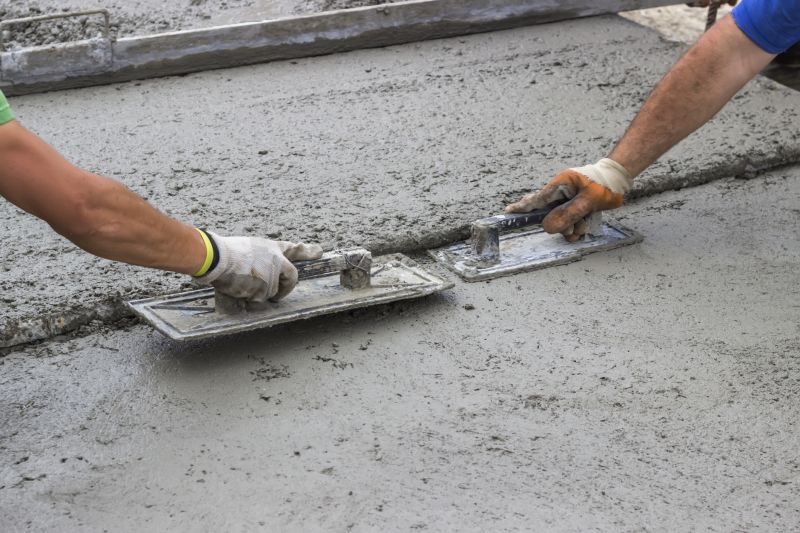
Ways to make Concrete Repairs work in tight or awkward layouts.
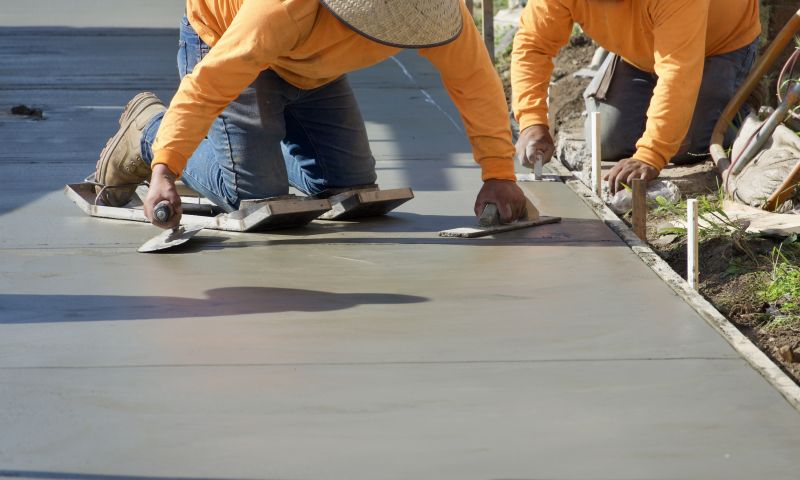
Popular materials for Concrete Repairs and why they hold up over time.

Simple add-ons that improve Concrete Repairs without blowing the budget.

High-end options that actually feel worth it for Concrete Repairs.
Concrete repairs are essential for maintaining the durability and appearance of structures. Proper timing ensures the repair materials cure correctly, reducing the likelihood of future damage. Weather conditions significantly influence the success of repairs, making seasonal planning crucial. Statistics indicate that repairs performed in optimal weather conditions have a 30-50% longer lifespan compared to those done during adverse weather.
| Season | Recommended Conditions |
|---|---|
| Spring | Temperatures 50-70°F, low humidity, dry days |
| Summer | Early morning or late afternoon, temperatures 70-85°F |
| Fall | Cooler temperatures, dry weather, 50-70°F |
| Winter | Temperatures above freezing, no snow or ice |

Finishes and colors that play nicely with Concrete Repairs.

Little measurements that prevent headaches on Concrete Repairs day.
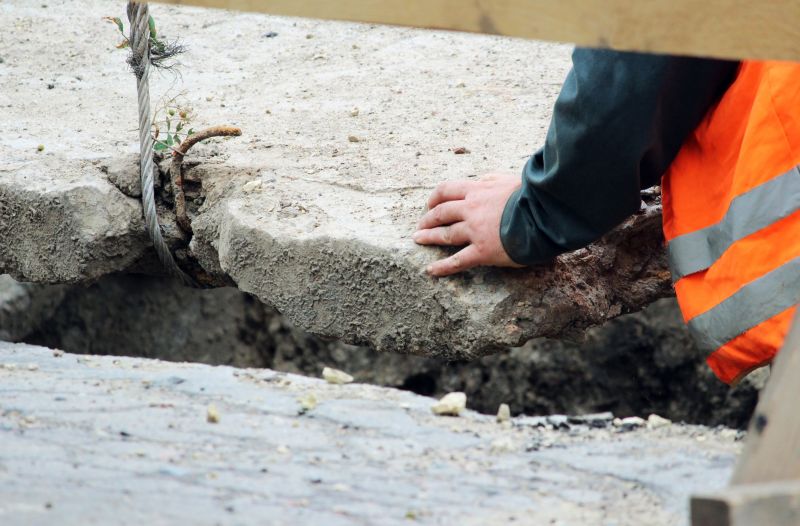
A 60-second routine that keeps Concrete Repairs looking new.
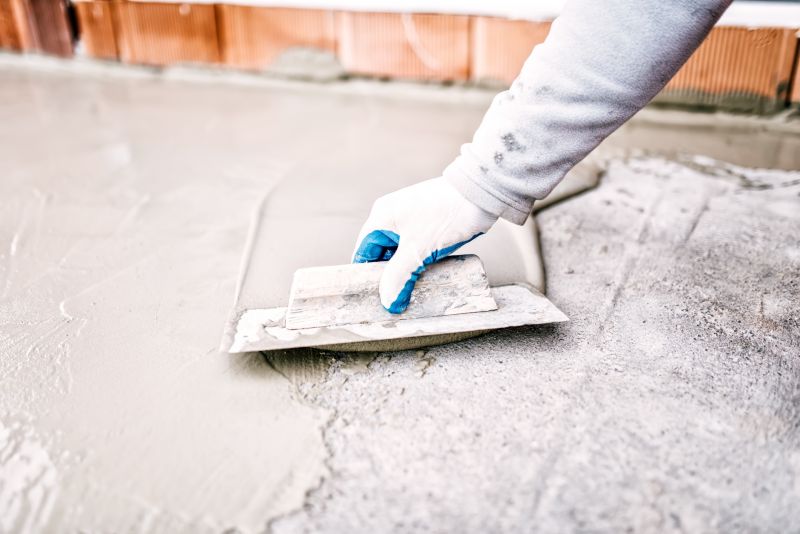
A frequent mistake in Concrete Repairs and how to dodge it.

Small tweaks to make Concrete Repairs safer and easier to use.
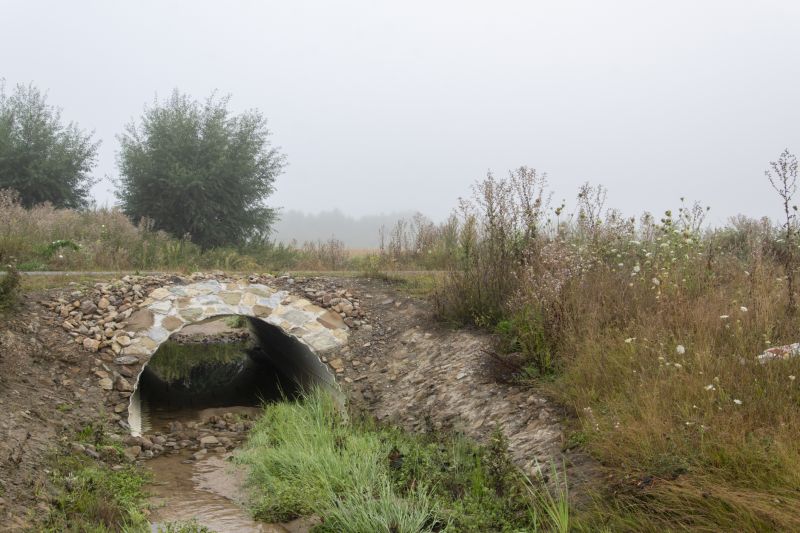
Lower-waste or water-saving choices for Concrete Repairs.
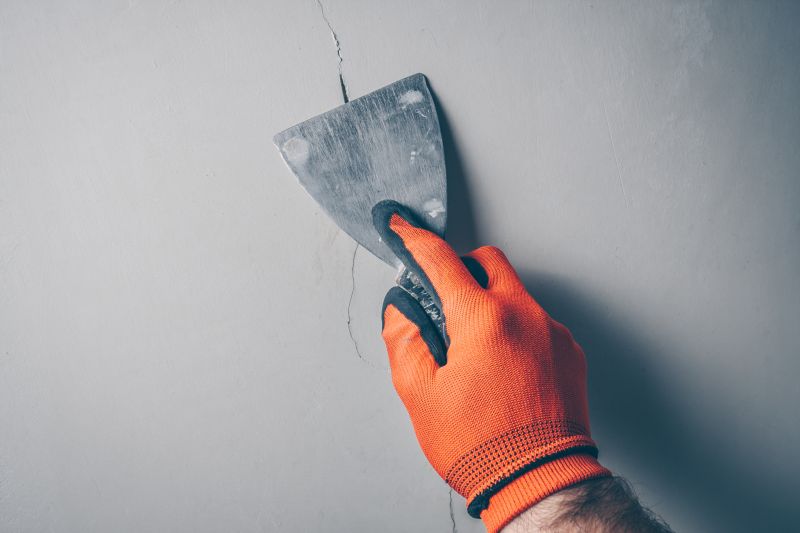
The short, realistic tool list for quality Concrete Repairs.
Choosing the right time for concrete repairs can prevent costly damages and extend the lifespan of the structure. Proper planning around seasonal weather patterns ensures the materials set correctly and withstand environmental stresses. Regular assessments and timely repairs are vital for maintaining concrete integrity over time.
Monitor temperature and humidity levels before scheduling repairs.
Schedule repairs during spring, summer, or fall for best results.
Postpone repairs during freezing temperatures to prevent freeze-thaw cycles.
Be flexible with scheduling to adapt to unexpected weather shifts.
Interested in concrete repairs? Filling out the contact form can connect property owners with experienced professionals to ensure timely and effective repairs tailored to seasonal conditions.
